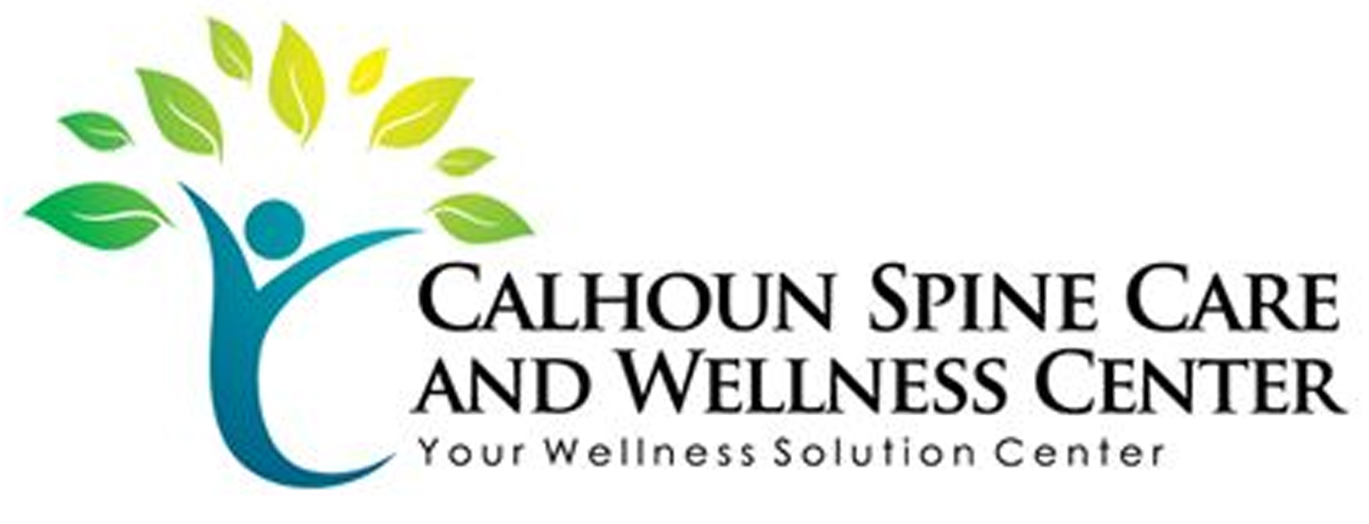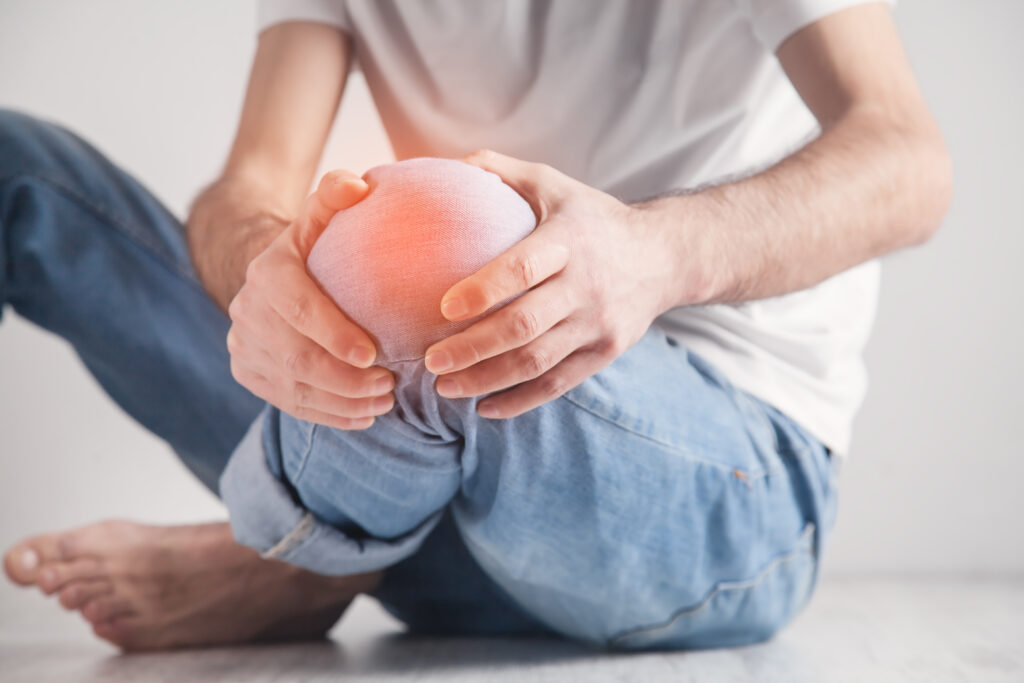If you're maneuvering through the complexities of chronic pain, you might find that relief isn't just about masking symptoms. By understanding the nature of your pain and exploring a combination of natural remedies, exercise, mindfulness, and professional guidance, you can create a thorough approach that enhances your well-being. Each step plays an essential role in your journey, but knowing how to effectively implement these strategies can be the key to lasting relief. Let's explore these five significant steps and uncover how they can transform your experience with chronic pain.
Understanding Chronic Pain
Chronic pain is more than just a symptom; it's a complex condition that affects millions of people daily. You might find yourself struggling not only with physical discomfort but also with emotional and psychological challenges. This multifaceted experience can stem from various underlying issues, such as injury, illness, or even stress, making it important to understand what you're dealing with.
When you experience chronic pain, it's vital to recognize that it's not simply a sign of injury or illness. Your nervous system may be sending pain signals even when there's no apparent cause. This ongoing pain can disrupt your daily life, affecting your ability to work, socialize, and enjoy your favorite activities. It can also lead to feelings of frustration, anxiety, and depression, compounding the situation further.
Understanding chronic pain involves recognizing the interplay between your body and mind. You might notice that your pain can intensify during stressful moments or emotional upheavals. By acknowledging this connection, you can begin to take steps towards managing your pain more effectively.
Moreover, chronic pain varies from person to person; what works for one may not work for another. This individuality emphasizes the importance of seeking personalized approaches to treatment. It's important to consult healthcare professionals who can help you navigate your options and develop a tailored plan that suits your needs.
With the right understanding and resources, you can find ways to reclaim your life from chronic pain.
Exploring Natural Remedies
When looking for relief from chronic pain, many people turn to natural remedies that can help ease their discomfort without relying solely on medication. You might find that certain herbs and supplements can play a significant role in managing your pain. For instance, turmeric, known for its anti-inflammatory properties, can be easily incorporated into your diet or taken as a supplement.
Similarly, ginger has been shown to reduce pain and inflammation, making it another excellent option to contemplate.
Essential oils, such as lavender and peppermint, can also offer relief. You can use them in a diffuser, add them to a warm bath, or apply them topically with a carrier oil. Their soothing scents and properties may help reduce tension and improve your overall sense of well-being.
In addition to these options, acupuncture and acupressure are popular natural therapies that some people find beneficial. These techniques target specific points on your body to relieve pain and promote healing. If you're open to trying something new, they could be worth exploring.
Don't forget about the power of heat and cold therapy. Applying a warm compress or an ice pack can provide immediate relief and help reduce inflammation in affected areas.
Remember to consult your healthcare provider before adding any new remedies to your routine, especially if you're already on medication. Finding the right combination of natural remedies can lead to a more manageable pain experience and improve your quality of life.
Incorporating Physical Activity
Incorporating physical activity into your routine can greatly enhance your approach to managing chronic pain. Regular movement helps maintain flexibility, strengthen muscles, and reduce stiffness, all of which can alleviate discomfort. You don't need to engage in high-intensity workouts; even moderate activities like walking, swimming, or yoga can make a significant difference.
Start by setting realistic goals that suit your current fitness level. It's important not to push yourself too hard initially. Aim for short sessions, gradually increasing the duration and intensity as you grow more comfortable. Listen to your body—if you experience pain, modify the activity or take a break.
Consistency is key, so try to incorporate movement into your daily life, whether it's taking the stairs instead of the elevator or gardening for a few minutes. Consider joining a group or class that focuses on gentle exercises tailored for those with chronic pain. Being part of a supportive community can motivate you to stay active while offering encouragement and understanding.
Remember to consult with your healthcare provider before starting any new exercise program, especially if you have underlying health issues. Incorporating physical activity not only helps in pain management but also boosts your mood and overall well-being.
As you make movement a regular part of your life, you may find that it becomes easier to cope with your chronic pain, leading to a more fulfilling and active lifestyle.
Practicing Mindfulness Techniques
Practicing mindfulness techniques can be a powerful tool in managing chronic pain. By focusing your attention on the present moment, you can help reduce stress and anxiety, which often exacerbate pain. Mindfulness encourages you to acknowledge your feelings without judgment, allowing you to create a more balanced relationship with your pain.
One effective method is mindful breathing. Start by finding a comfortable position, either sitting or lying down. Close your eyes and take deep, slow breaths. Pay attention to the sensation of air flowing in and out of your body. If your mind wanders, gently redirect your focus back to your breath. This practice can help you cultivate a sense of calm, making it easier to cope with pain.
Another technique is body scanning. Lie down in a quiet space and bring your awareness to different parts of your body, starting from your toes and moving up to your head. Notice any sensations, tension, or discomfort. Instead of resisting these feelings, acknowledge them and breathe into those areas. This can promote relaxation and reduce the perception of pain.
Meditation is also beneficial. Even just a few minutes a day can make a difference. You can use guided meditation apps or record your own voice to help keep you focused.
Incorporating mindfulness into your daily routine can empower you. It won't eliminate pain entirely, but it can help you respond to it with greater ease and resilience. Give it a try—you might be surprised at how effective it can be.
Seeking Professional Help
Reaching out for professional help can be an essential step in managing chronic pain effectively. You don't have to navigate this journey alone; healthcare professionals have the expertise to guide you through your pain management options. Whether it's a primary care doctor, a pain specialist, or a physical therapist, each can offer tailored advice and treatment plans designed to meet your specific needs.
When you consult with professionals, you'll get a thorough evaluation of your condition. They'll consider your medical history, lifestyle, and pain triggers, allowing them to create a holistic strategy that goes beyond simply masking the pain. This might include medication management, physical therapy, or alternative treatments like acupuncture or chiropractic care.
It's also important to keep the lines of communication open. Share your experiences, concerns, and any changes in your symptoms. This dialogue helps your healthcare provider adjust your treatment plan effectively. Don't hesitate to ask questions about the options available or express any uncertainties you might have.
Additionally, seeking support from mental health professionals can be beneficial. Chronic pain often comes with emotional challenges. Therapists can provide coping strategies and help you develop a positive mindset, which can greatly enhance your overall pain management.
Conclusion
By embracing these five steps for chronic pain relief, you can take charge of your well-being. Understanding your pain, exploring natural remedies, staying active, practicing mindfulness, and seeking professional help create a thorough approach that addresses both physical and emotional aspects. Don't hesitate to implement these strategies in your life. With dedication and the right support, you can find effective ways to manage your pain and improve your overall quality of life.



